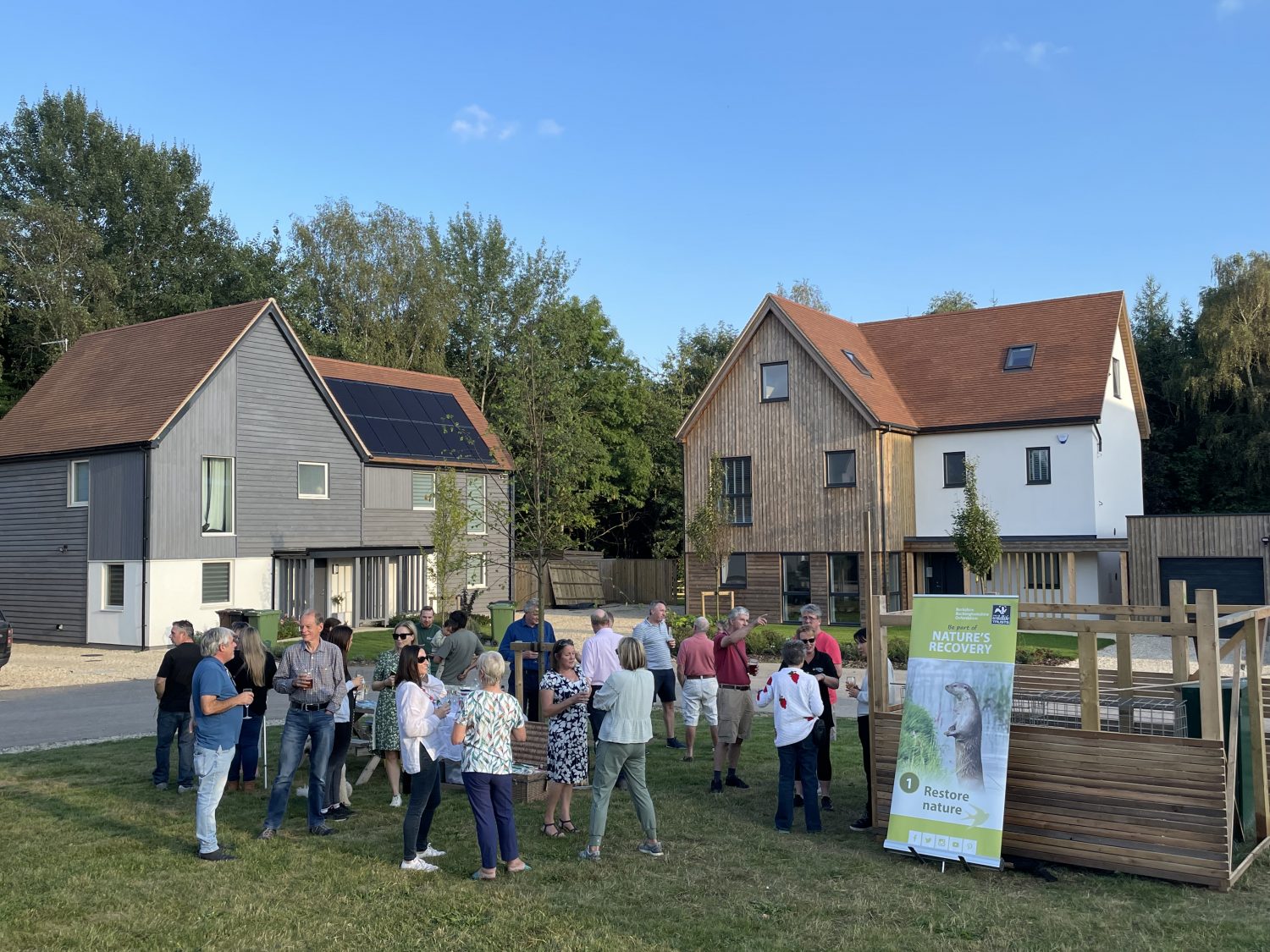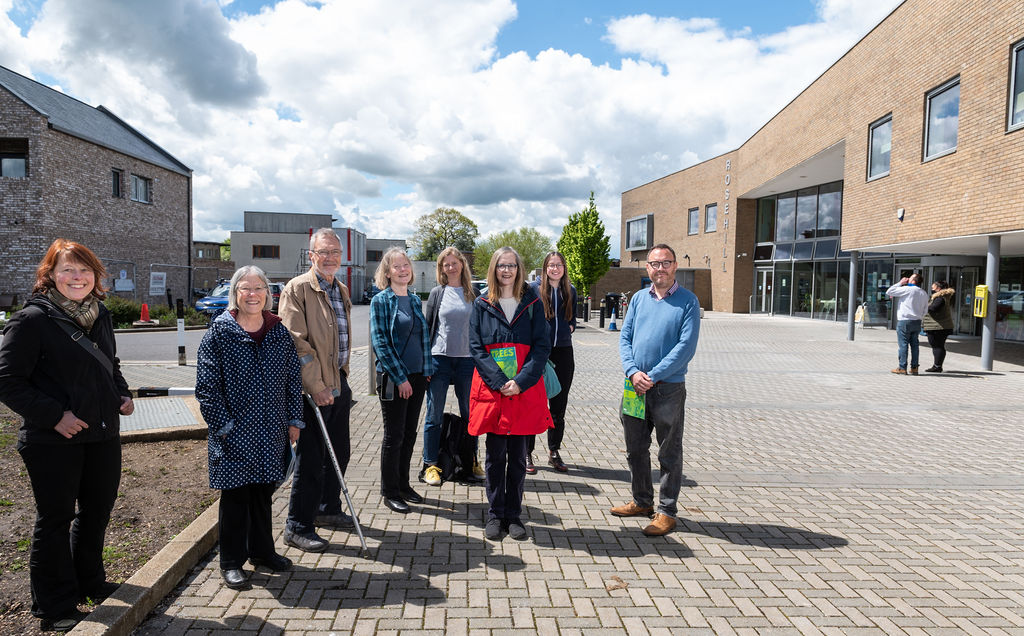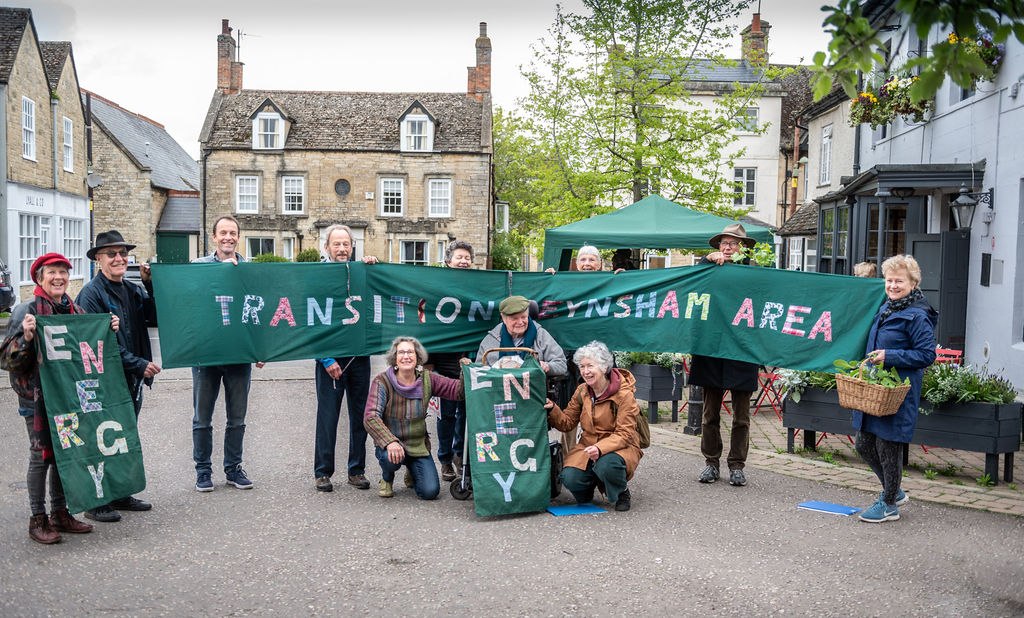- News
- Putting people and communities at the heart of our energy transition
Community Energy Fortnight runs from 11 – 24 June this year. It’s a well-deserved celebration of all aspects of the UK’s flourishing community energy sector and this year, the focus will be on energy efficiency within our communities. As we face a potentially tough winter ahead for our energy bills, CEF22 is looking at the actions people can take now to reduce their energy use in the months to come.
At the heart of community energy is the concept of people taking back control of their energy generation and use. We recognise the need to move away from a top-down energy supply, where the power is held by a handful of big energy suppliers and create a new model where people, households and neighbourhoods play a more active part, producing multiple benefits for their community.
Power from the people
Project LEO (Local Energy Oxfordshire) is all about finding the best ways to deploy new and existing clean energy assets to create smart and flexible energy systems for the future. And community involvement is a vital component in the success of Project LEO. Aside from the complex technical requirements of developing a smart and flexible energy system, understanding and working with the people at the heart of it is also crucial. Essentially, we’re aiming to bring together the human and technical components together into a single system that functions as one.
Powering up (and down) for success
We started out by asking ourselves how everyday people can prepare themselves for a smart, flexible energy system and the answer lies within their own homes.
In the Project Leo Smart Fair Neighbourhood Trials (SFNs), we are testing how the fabric that makes up our homes as well as what we use within it can work to:
- Reduce the amount of energy we use
- Streamline the times we use our energy
- Generate and store our own clean energy
- Use our energy supply to power electric vehicles
What’s great about the model we are using in the trials is that, for the first time, we are bringing together all these separate actions to find the best solutions that work for everyone.
It’s important to note that while we’re looking at self-generation of energy, it’s not about self-sufficiency, but more about interdependency – working towards a future where everyone takes part in their particular local microgrid that is backed up by the transmission system that all runs as efficiently as possible.
The human component in our system
At project LEO, we’re working with sets of real people in diverse communities all across Oxfordshire to work out how individual households and businesses can become a self-governing energy system in themselves. We have named this a ‘Community of MPANS’ (meaning Meter Point Administration Number). You can read more about this concept here.
At the heart of what our SFNs are trying to understand is how we might grow these communities to become the net zero microgrids of the future and that’s our route map for making community energy work for everyone.
We’re doing this by engaging real people in a variety of homes and communities to take part in the trials to test different bits of the model. Each of the trials uses cutting edge research into how our energy system can transition to operate in a way that:
- is zero carbon
- puts people at its heart
- is smart and fair and designed to meet everybody’s needs.
Real places and actual people
As we celebrate the power of community action this Community Energy Fortnight, we wanted to showcase a few of the pioneering trials that Project LEO is undertaking with real people in their neighbourhoods to meet the goals we’ve described above. To give you a flavour of what we’re doing here’s a brief outline of some of our SFNTs:
In Oxfordshire villages Deddington (a large village, partially off the gas network) and Duns Tew (a much smaller community that is completely off the network), we are conducting trials to find out exploring how heat pumps can be used to decarbonise heating in homes in rural communities that have limited or no grid access.
In Osney Island, a relatively affluent area of Oxford city, we’re testing the Community of MPANS concept by working with a group of households and businesses that will generate and store their own electricity. The Osney Supercharge project will also look at how communities like this can make the switch to electric vehicles, while also looking at the potential opportunities a local hydro scheme can have in providing flexibility services to the network.
Our trials in Rose Hill (a diverse residential community in southeast Oxford with high levels of deprivation) are finding out how rooftop solar on shared housing combined with the use of smart energy pricing offers that reward electricity use at different times can work to help residents lower their energy bills.
Then, in Eynsham, where there are major new housing developments, we’re looking at a way to bring all of our knowledge and assets together along with the development planning system. We’re aiming to develop a Zero Carbon Energy Action Plan for the Eynsham primary substation area (the local electricity network for the area) with the goal of achieving a zero carbon energy system in advance of 2050.
And in the new housing development of Springfield Meadows, we are working with the property developers to create a ‘climate positive’ neighbourhood that will maximise the energy generation assets on every home and test how we can share, store and export the energy, so everyone benefits.




Each of these trials is currently underway and thanks to the commitment and participation of householders and communities, we are already learning from the outcomes and look forward to collating and sharing these in the near future.
This Community Energy Fortnight we look forward to learning and sharing more about ways people can manage and reduce their energy use to benefit themselves, their communities and the planet.
We recognise that the energy system is much more than wires and switches – it’s also the people who interact with it, and the way we interact with energy is going to fundamentally change in the future. Increased local generation and storage, electrification of our heating and transport systems, the rise of flexibility services to help balance the grid in real time will require a smarter way of managing our energy system. Along with the technical challenge this creates will be another key issue – that of fairness. Who will get to benefit from the new opportunities that will arise from our changing energy system, and who will bear the cost?
As we move forward with mapping out our energy system for the future, we continue to put people and communities at the heart of our plans to ensure no one is left behind in the transition.